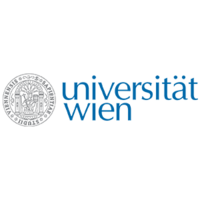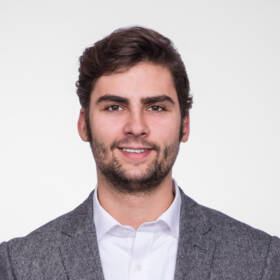A multidisciplinary approach to minimize the need for surgical interventions in children with cerebral palsy.
Background and Problem Statement
Cerebral palsy (CP) is a neurological disorder that affects 2–3 out of every 1,000 live-born children across Europe. It results from brain damage caused by oxygen deprivation, infections, toxins, or maternal illness during pregnancy. Genetic factors also play a role.
Unusual walking patterns and/or muscle weakness call for thorough examination, as they may be a sign of cerebral palsy. Although the condition usually does not get worse, it can lead to different challenges as a person grows. For example, the associated muscle weakness may lead to altered gait patterns in early childhood. This puts stress on the body and can negatively impact the development of the thigh bones. Over time, these skeletal changes may become so pronounced that patients experience significant difficulties with walking.
There is no cure for CP, and in many cases, the deformities it causes must be corrected through major surgery. This involves cutting through bones, realigning them, and fixing them with screws. Not only is this a demanding procedure, but its success rate is also disappointing: only 42% of patients see meaningful improvement.
Goals
This project aims to improve understanding of the various factors that define cerebral palsy (CP). Specifically, we seek to predict the likelihood of success for surgical interventions and whether they will lead to significant improvements for patients.Additionally, we intend to detect pathological developments early using parameters from gait analyses. This enables us to tailor gait training to individual needs and, as a result, reduce—or even prevent—the need for surgical interventions caused by prolonged stress on the bones and joints.
Method
The project rests on three pillars:
- Musculoskeletal simulation (MSK), which allows us to estimate movement sequences, internal loads, and muscle lengths;
- 3-dimensional gait analysis (3DGA) to analyze walking and movement patterns;
- Machine learning methods (deep learning models, DL) that use movement data to estimate outcomes of surgical interventions.
The deep learning model is trained on a large dataset of gait data, and its prediction accuracy is systematically evaluated. Additionally, we assess whether treatment recommendations based on the model lead to better outcomes compared to those derived from conventional decision-making methods.
By the end of the project, we want to provide a tool that supports physicians in developing individualized treatment plans for children affected by cerebral palsy (CP).
Partner
Funding
You want to know more? Feel free to ask!
Media Computing Research Group
Institute of Creative\Media/Technologies
Department of Media and Digital Technologies
- Universität Wien, Neuromechanics Research Group (lead)



